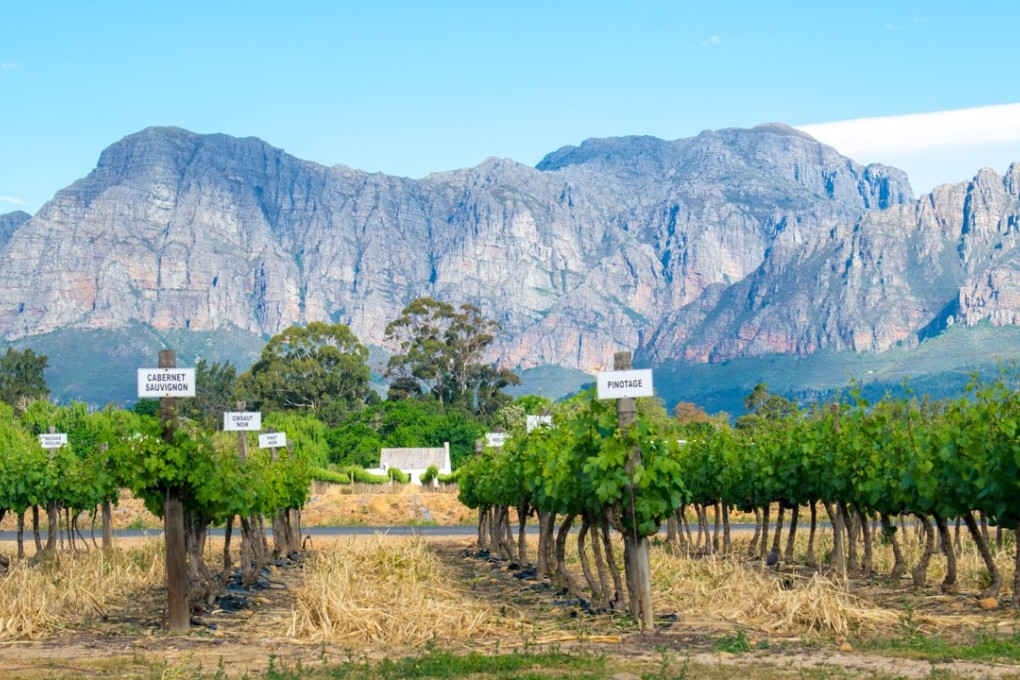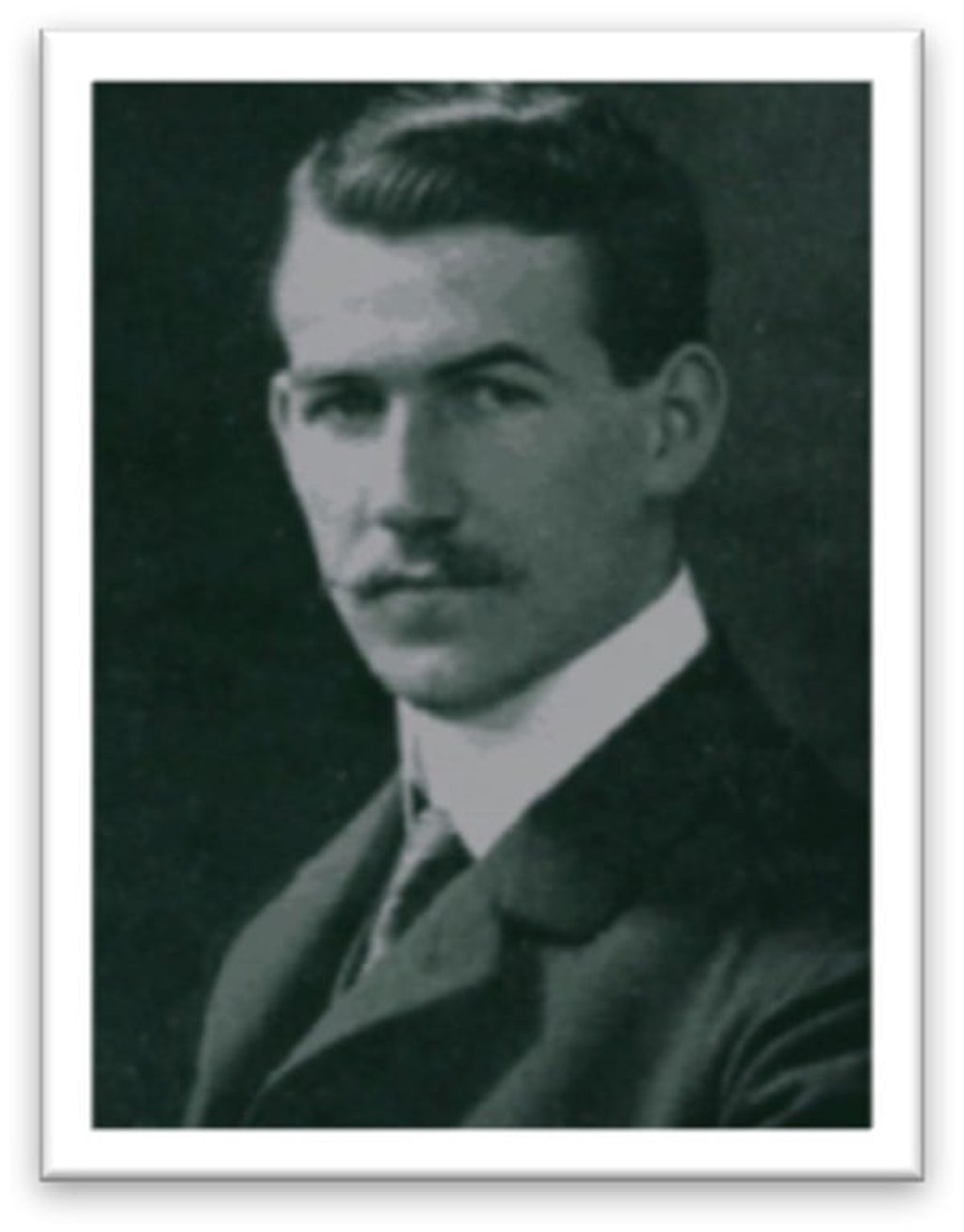The Corkscrew | South African pinotage grape – born of cinsault and pinot noir – treads its own intense path
The fruit of a viticulture professor’s labour, this easy-growing grape yields a bold and aromatic wine

Pinotage is a unique and relatively new grape varietal that exists purely by chance. It had its beginnings in the 1920s, at South Africa’s Stellenbosch University. Abraham Izak Perold, the college’s first professor of viticulture, wanted to combine the robust qualities of the hermitage grape (actually cinsault), which grew well in South Africa, with the elegance of pinot noir, which he loved, and so he grafted the two.
After much trial and error, Perold was rewarded with four viable seeds, which he planted in the garden of his residence. He forgot about them, however, and when he left the university, in 1927, to take up a post at wine and spirits producer KWV, his garden was neglected, before the university sent in a team to tidy it up. Fortunately, young lecturer Charles Niehaus, who had worked with Perold, knew about the seedlings and managed to rescue them, moving them to the Elsenburg Agricultural Training Institute.

The first vintage was produced in 1941, and later the vines were planted at Kanonkop Estate and Myrtle Grove. The name pinotage came from brainstorming between Perold, Theron and Niehaus, who believed their creation deserved an easy-to-remember name, one that people would associate immediately with pinot noir. (Another name considered was herminoir.)
A pinotage made by Bellevue Estate won the champion wine of the year title at the Cape Wine Show in 1959, providing the impetus for more winemakers to plant the grape. The varietal was first listed on a label in 1961, by Lanzerac Wine Estate.
Pinotage is easy to grow, with high sugar levels and high yields, and ripens earlier than cabernet sauvignon and shiraz. It is also not fussy about how it is grown, thriving on both bush and trellised vines.

